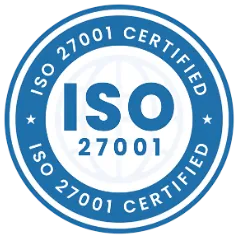In the fast-paced and highly competitive automotive industry, managing automobile assets efficiently is crucial for maintaining profitability, ensuring regulatory compliance, and staying ahead of the competition. Automotive companies rely on a wide range of assets, from manufacturing equipment and vehicle fleets to IT infrastructure and real estate. Effective management of these assets is essential for reducing operational costs, improving productivity, and extending the lifespan of critical equipment. This is where Automotive Asset Management and Enterprise Asset Management (EAM) solutions come into play. EAM systems provide automotive companies with the tools they need for tracking assets, maintaining automobile asset management, and optimizing them throughout their lifecycle, ensuring that they are used to their fullest potential.
Key Enterprise Asset Management Benefits in the Automotive Industry
EAM solutions provide comprehensive benefits for different segments within the automotive industry, ensuring that automobile assets are managed efficiently and effectively across the board. Understanding enterprise asset management benefits helps automotive companies maximize their return on investment and maintain a competitive advantage:
1. Manufacturing Plants
- Asset Visibility and Tracking: In automotive manufacturing plants, managing the vast array of equipment, machinery, and tools is essential for smooth operations. Asset Infinity’s Asset Information and QR/Barcode Designer features enable manufacturers to track and monitor all assets in real-time, ensuring that production processes run smoothly and that assets are used efficiently.
- Asset Reallocation: By using Check-In/Out features, manufacturers can efficiently manage the movement of assets between different production lines or facilities, optimizing their utilization and reducing downtime.
2. Ancillaries and Spare Parts Management:
- Inventory Control: Ancillary suppliers and spare parts managers can benefit from Asset Infinity’s Asset Information and Asset Coding Structure to maintain accurate records of parts and components, ensuring that the right parts are available when needed. Asset Requests can streamline the process of requesting and allocating spare parts, reducing lead times and improving service efficiency.
- Depreciation and Disposal: Managing the lifecycle of spare parts and ancillaries is crucial for cost control. The Depreciation Calculations and Asset Disposals features help track the value of spare parts over time and ensure that obsolete parts are disposed of responsibly, minimizing waste and freeing up valuable storage space.
3. Warehouses and Yards:
- Real-Time Asset Monitoring: Warehouses and storage yards are critical hubs in the automotive supply chain. Asset Infinity’s GPS Monitoring and RFID Fixed Readers provide real-time tracking of vehicles, parts, and other assets stored in these facilities, ensuring that nothing is lost or misplaced.
- Audit and Physical Counting: Regular audits are essential for maintaining accurate inventory records. The Audit & Physical Counting feature facilitates these processes, helping warehouse managers ensure that all assets are accounted for and that discrepancies are minimized.
4. Suppliers and Dealership Networks:
- Partner-Owned Assets: Suppliers and dealerships often handle assets owned by partners or third parties. Asset Infinity’s Partner-owned Assets feature enables these stakeholders to manage and track these assets efficiently, ensuring that they are used in accordance with agreements and returned in good condition.
- Asset Reservation: Dealerships can use the Asset Reservation system to manage the allocation and reservation of vehicles for test drives, demonstrations, or customer deliveries, ensuring that vehicles are available when needed and that scheduling conflicts are avoided.
5. Showrooms and Dealerships:
- Interactive Digital Floor Plans: Showrooms and dealerships can use Floor Plans to create interactive digital maps of their facilities, helping staff locate vehicles, accessories, and other assets quickly. This feature enhances customer experience by ensuring that vehicles and products are displayed and managed effectively.
- Check-In/Out for Vehicle Management: Managing the movement of vehicles between showrooms, dealerships, and customers is crucial. The Check-In/Out feature helps dealerships track vehicle locations, manage test drives, and ensure that vehicles are returned in a timely manner.
6. Workshops and Service Centers:
- Asset Information and Reminders: Workshops and service centers rely on a wide range of tools and equipment to perform maintenance and repairs. Asset Infinity’s Asset Information and Asset Reminders features ensure that all tools are tracked, maintained, and used efficiently, reducing the risk of downtime due to equipment failure.
- Custom Fields and Workflows: Every workshop has its own unique processes. The Custom Fields and Workflows features allow service centers to customize their asset management processes, ensuring that they align with specific operational needs and enhance overall efficiency.
How EAM Solutions Can Save Costs for Automotive Companies
Implementing EAM solutions with Asset Infinity's features can lead to significant cost savings for automobile asset management in automotive companies:
Optimizing Asset Utilization
By providing real-time data on asset usage through GPS Monitoring, Check-In/Out, and QR/Barcode Designer, automotive companies can ensure that assets such as vehicles, machinery, and tools are used to their full potential. This reduces the need for unnecessary purchases and minimizes idle time, leading to lower operational costs.
Reducing Asset Discrepancies
Discrepancies between recorded and actual asset data can lead to significant financial losses. With features like Audit & Physical Counting, RFID Handhelds, and Export/Import, automotive companies can minimize these discrepancies, ensuring that inventory records are accurate and up-to-date.
Streamlining Asset Disposal
Efficient asset disposal processes, supported by Asset Disposals and Depreciation Calculations, help companies avoid holding onto obsolete assets, freeing up capital that can be reinvested in more critical areas. This is particularly important in managing spare parts, machinery, and vehicles that have reached the end of their useful life.
Steps for Effective EAM Implementation in the Automotive Sector
Implementing an EAM solution effectively across the automotive sector requires careful planning and execution. Here are some key steps for EAM implementation:
Comprehensive Asset Inventory
Begin by collecting detailed data on all assets across manufacturing plants, warehouses, dealerships, and workshops using Asset Information and QR/Barcode Designer features. This data will serve as the foundation for your EAM system.
Customization and Workflow Development
Use Workflows and Custom Fields to tailor the EAM system to the specific needs of each segment within the automotive industry. This customization ensures that the system fits seamlessly into existing processes, whether in a manufacturing plant or a dealership showroom.
Integration with Existing Systems
Ensure that the EAM solution integrates smoothly with other enterprise systems such as ERP or CRM, leveraging Export/Import features to facilitate data exchange across the supply chain.
Employee Training and Adoption
Train employees across all segments—manufacturing, warehousing, dealerships, and workshops—on how to use the EAM system effectively. Focus on key features like Mobile Apps, Check-In/Out, and Asset Reservation to ensure that all users can access and update asset information easily.
Ongoing Monitoring and Optimization
Continuously monitor asset performance using GPS Monitoring, Depreciation Calculations, and other features. Regularly review and optimize workflows to ensure that assets are utilized efficiently across the entire automotive value chain.
Top EAM Trends and Technologies for Automotive
The automotive industry is continuously evolving, and so are the technologies used in Automotive Asset Management. Here are some top EAM trends and technologies that are shaping the future of automobile asset management:
- Integration of IoT and RFID: IoT devices and RFID Handhelds are increasingly used for real-time tracking of assets in manufacturing plants, warehouses, and dealerships. This technology enhances visibility, reduces losses, and improves inventory management across the entire automotive supply chain.
- Advanced Analytics and AI: Predictive analytics and AI-driven decision-making are transforming how automotive companies manage their assets. These technologies help optimize asset utilization, enhance decision-making, and reduce operational costs by analyzing vast amounts of data collected from assets across the industry.
- Mobile and Cloud-Based EAM Solutions: The shift towards mobile and cloud-based EAM solutions is accelerating, particularly in the automotive industry, where managing assets across multiple locations is common. Mobile Apps and cloud-based systems offer real-time data access, improved collaboration, and reduced IT infrastructure costs.
- Digital Twin Technology: Digital twins are virtual replicas of physical assets, allowing automotive companies to simulate and optimize asset performance in real-time. This technology is particularly useful in manufacturing and fleet management, where asset performance can be modeled and improved without impacting physical operations.
- Sustainability and Environmental Compliance: As environmental regulations become more stringent, automotive companies are focusing on sustainability. EAM systems help track and report on the environmental impact of assets, from energy consumption to waste management, ensuring compliance with regulations and supporting sustainability initiatives.
- Augmented Reality (AR) for Asset Management: AR is being integrated into EAM systems to enhance interaction with assets. Technicians in workshops and service centers can use AR to visualize asset data in real-time, improving accuracy and efficiency in asset management tasks.
- Cybersecurity and Data Protection: As EAM systems become more integrated and data-driven, cybersecurity is a top priority. Automotive companies must ensure that their EAM systems are protected from cyber threats, particularly when dealing with sensitive data such as asset usage patterns and financial information.
- Comprehensive Asset Lifecycle Management (ALM): EAM systems are increasingly incorporating comprehensive ALM, integrating all stages of an asset’s life from acquisition to disposal. This holistic approach ensures that automotive companies can track and manage assets more effectively, optimizing their value and reducing costs across their entire lifecycle.
Also Read: Streamlining Asset Management for a Pan-India Auto Manufacturer
Conclusion: EAM Solutions in Automotive Asset Management
Enterprise Asset Management (EAM) solutions, enhanced by the robust features of Asset Infinity, are essential for optimizing automobile asset management, reducing costs, and ensuring regulatory compliance across all segments of the automotive industry. By implementing these solutions, automotive companies—from manufacturers and suppliers to dealerships and service centers—can gain better control over their automobile assets, make data-driven decisions, and ultimately improve their bottom line.
Frequently Asked Questions (FAQs)
How is AI impacting EAM in the automotive sector?
AI is revolutionizing EAM in the automotive sector by enabling predictive analytics, automating decision-making processes, and enhancing asset utilization through data-driven insights. AI-driven tools help companies optimize asset performance, improve inventory management, and reduce operational costs.
How does EAM improve overall equipment effectiveness (OEE) in automotive manufacturing?
EAM improves overall equipment effectiveness by ensuring assets are utilized to their full potential, tracking performance in real-time, and providing insights for continuous improvement through features like Asset Information and Depreciation Calculations.
How can EAM help automotive companies optimize asset replacement decisions?
EAM systems use data from features like Depreciation Calculations and Asset Information to inform companies when it's more cost-effective to replace an asset rather than continue its operation. This helps in making timely and financially sound replacement decisions.
How does EAM ensure regulatory compliance in the automotive sector?
EAM systems ensure regulatory compliance by providing tools for detailed tracking, auditing, and documentation of asset-related activities. Features like Asset Information, Audit & Physical Counting, and Asset Disposals help maintain accurate records and demonstrate compliance with industry regulations.
What are the environmental benefits of effective asset disposal in the automotive industry?
Effective asset disposal, managed through Asset Disposals and Depreciation Calculations, ensures that obsolete assets are handled in an environmentally responsible way, reducing waste and minimizing the environmental impact of disposal processes.












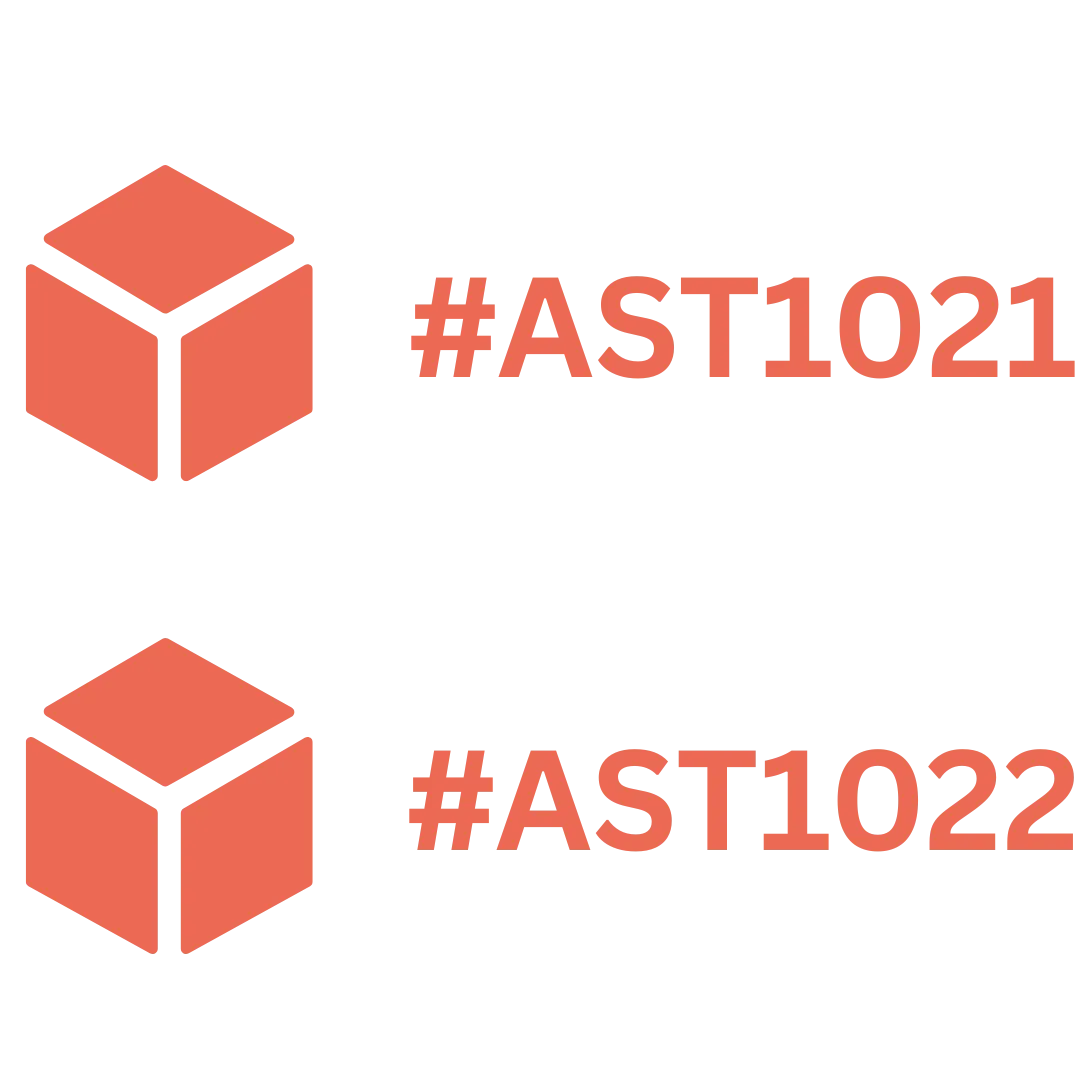





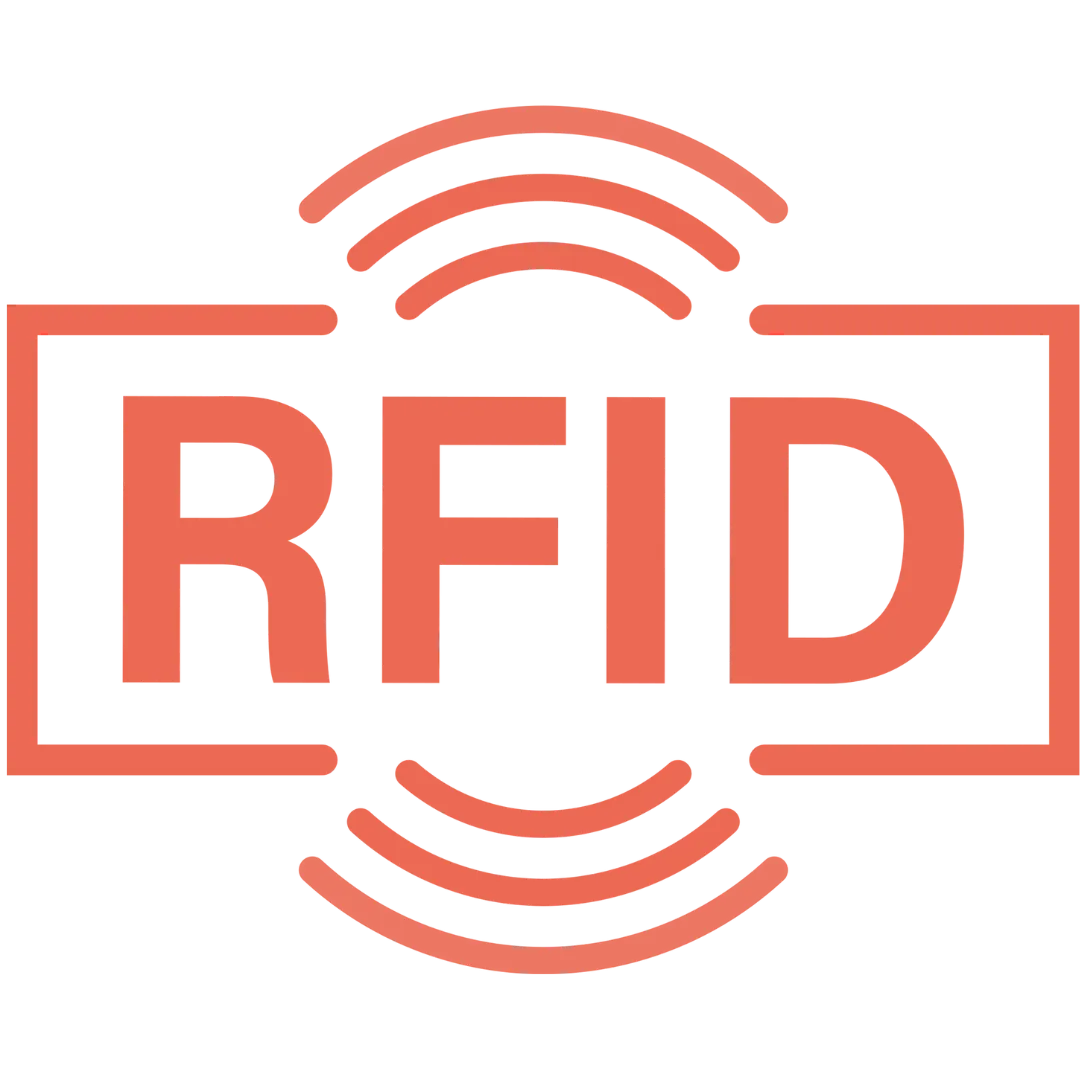

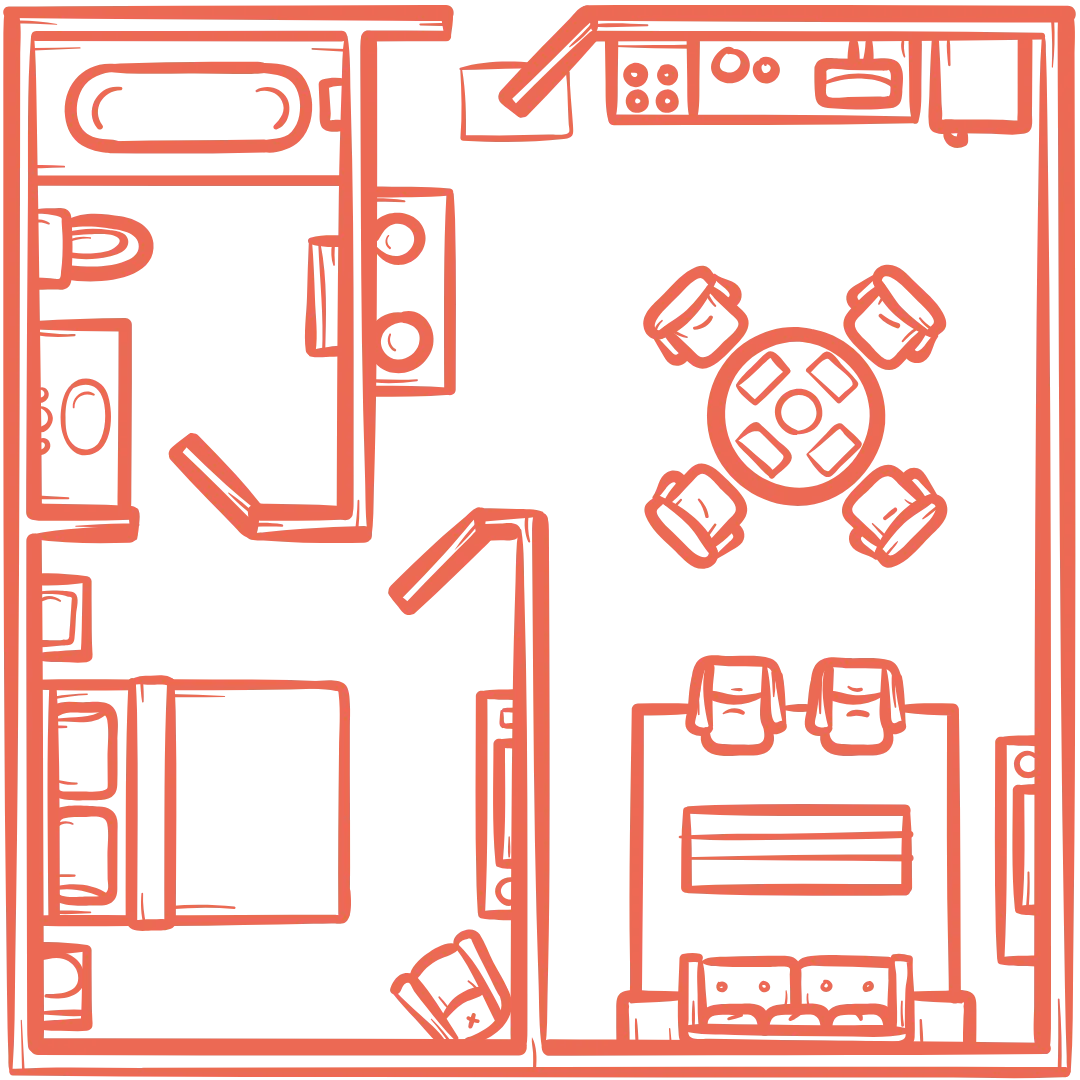




























.webp)
.webp)
.webp)
.webp)
.webp)
.webp)
.webp)
.webp)
.webp)

.svg)




.webp)
.webp)






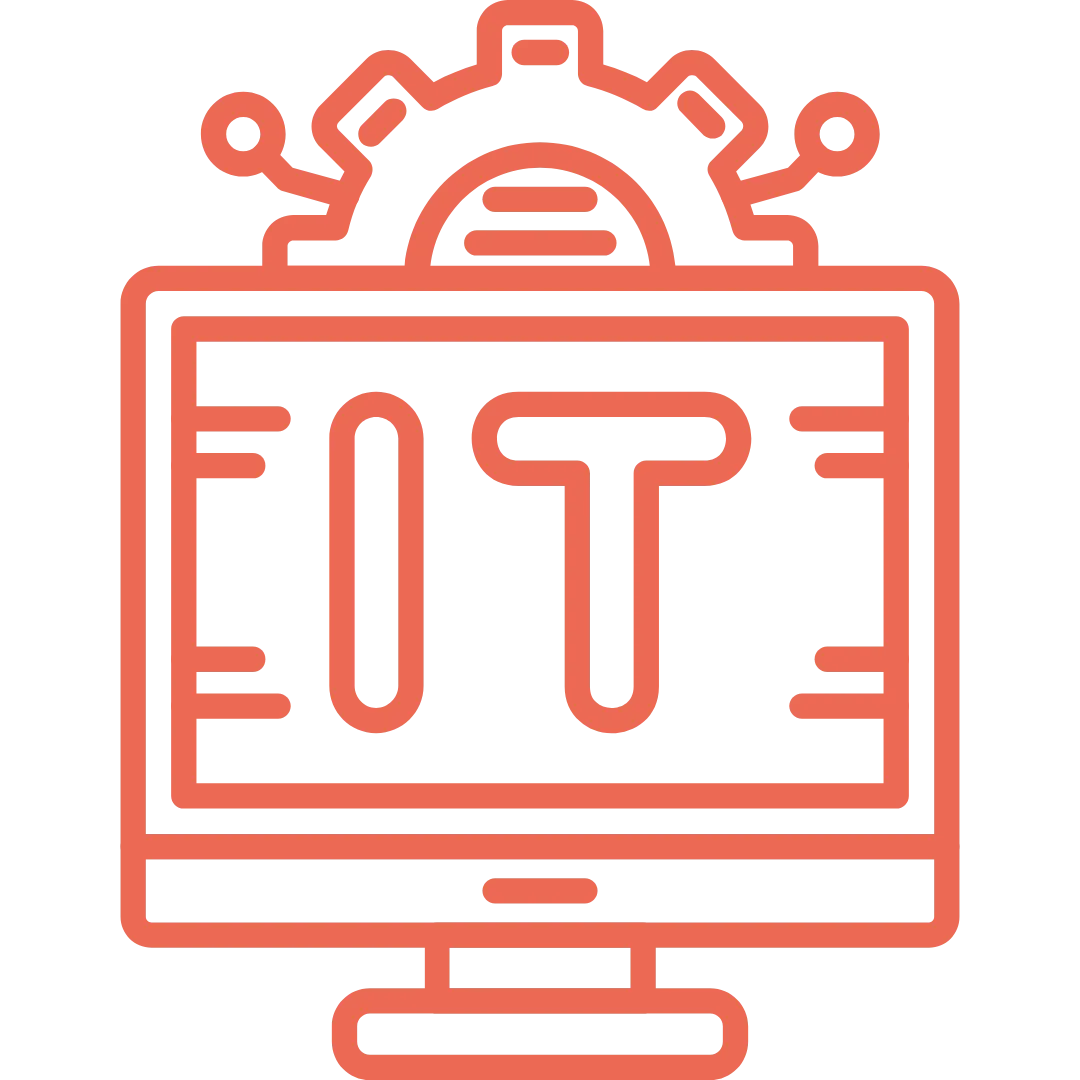





























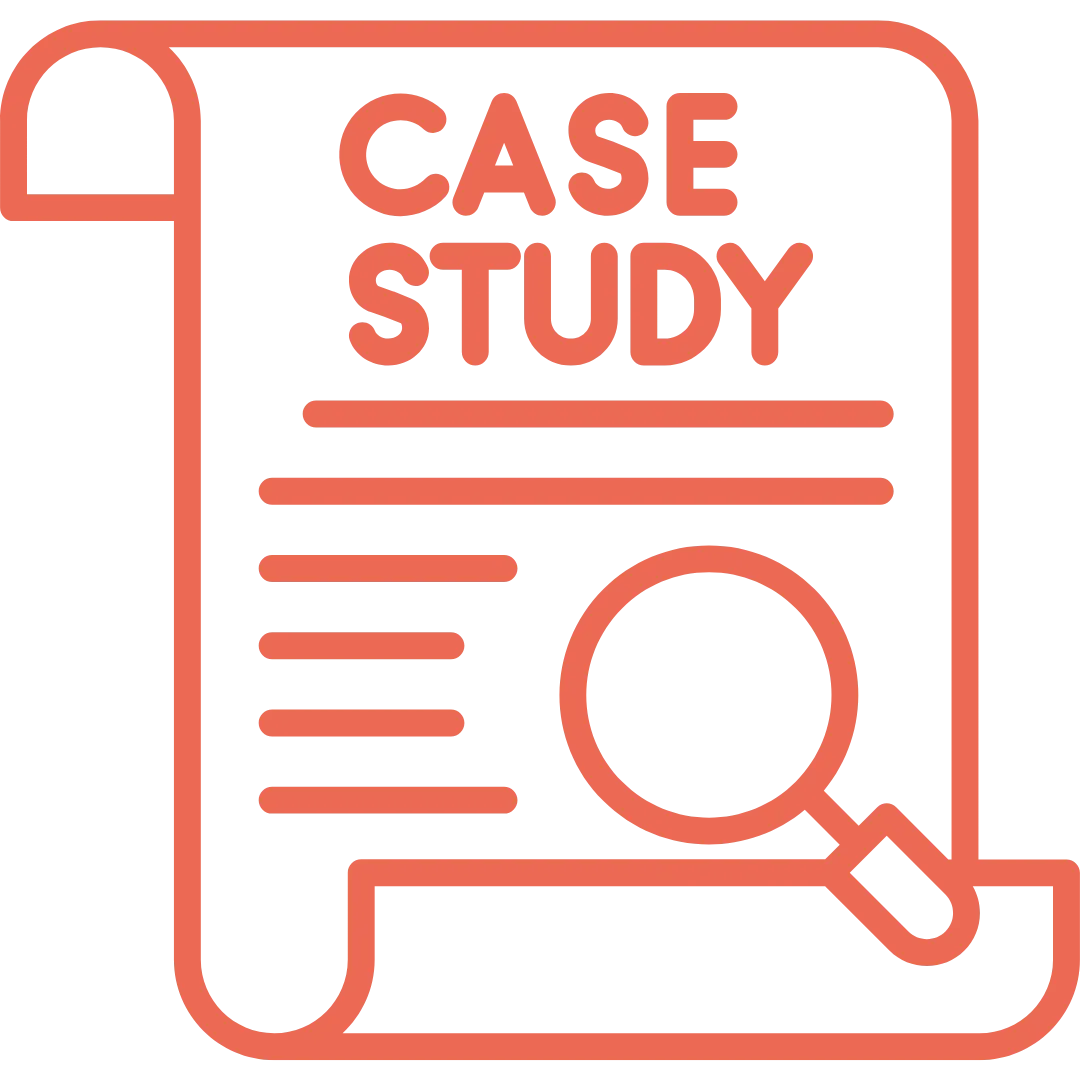






.png)




.webp)


















